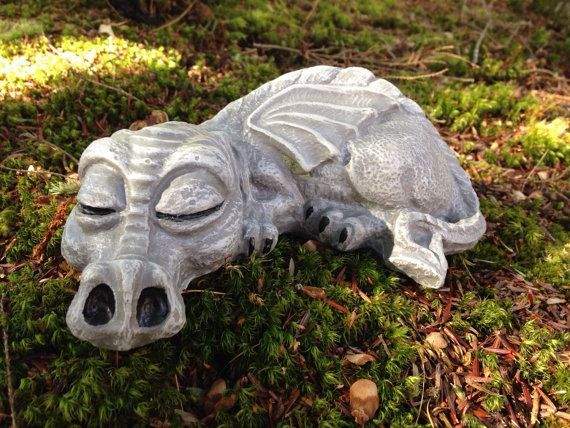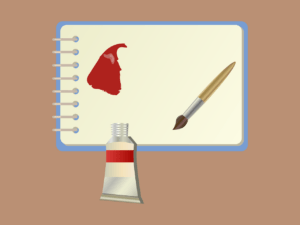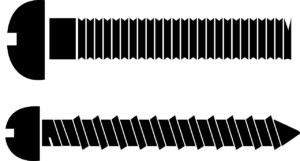Know About 3 DIY Garden Sculptures Made With Concrete Molds

They were right predicting the superpopularity of concrete. Cast mushrooms, hedgehogs, lions, flower urns of all stripes and other small architectural forms made of concrete are firmly established in the garden. What is the essence of technology?
Homemade DIY garden sculptures are made from gypsum, polymer concrete, fiberglass (polystone) or concrete. They can be either monolithic or hollow. They are sold almost at every step, but if there is a desire, it is not difficult to make a cat or flower with your own hands. The manufacturing process consists in casting a mixture of concrete with various additives into special forms with continuous compaction on a vibrating table. If this is not the case, concrete molds must be shaken to compact the mixture. In addition to the actual garden sculptures, the craftsmen themselves cast balusters, fence elements, wall panels, tiles. The main drawback of this hobby is serious investments at the stage of making the mold.
How are these made
The simplest figures are performed by pouring a concrete mixture into an elastic form – concrete, silicone, latex, polyurethane, fiberglass on a metal frame. In the forms with a complex texture, there is an insert made of non-shrinking rubber inside. Concrete molds are sold ready-made or made to order according to sketches. As a rule, two forms are made for one sculpture: for the front and back, which are subsequently joined. For the strength of the connection, special protrusions are provided on the surface, which play the role of locks.
End-of-life is determined by attitude and care. After each pouring, the mold must be deformed, washed, cleaned with a spatula, wiped with a rag, do not pour a new solution over the remnants of the previous pour, so as not to damage small parts. Store in a dry, frost-free room. If the mold is cleaned after each pouring, do not hit or drop, it will serve for more than 10 years.
The price of the issue. A mold with a non-shrinking rubber insert for fine texture costs about 40 thousand, withstands 10 thousand castings. Cheap molds made of silicone and ABS plastic are several times cheaper, but they also withstand less fillings.
1. Garden Sculpture Solution
As the main raw material for the preparation of the mixture, cement of the brand not lower than M400, water, sand with screening of hard rocks of fraction 5 mm, a plasticizer, and, if desired, resin and colored pigments are used.
As a rule, the proportion is as follows: 3 parts of sand, 3 parts of crushed stone, 2 parts of cement. The higher the grade of cement used for the mortar, the stronger the products will be. The sand must be sieved to remove fine debris from it. Water is poured into the mixture of dry components little by little, stirring gently. The finished cement-sand mixture must be thick enough to keep its shape.
After pouring the mold for the hollow figure, the inner space is filled with a rag (preferably greased with something greasy – for easy extraction). The displaced solution is removed. The rags are removed when the solution hardens slightly and holds its shape.
The use of a hyperplasticizer improves the quality of the concrete mixture, prevents the figures from cracking, ensures fast solidification and frost resistance, minimizes the formation of bubbles during compaction. The cast mix easily fills the mold and forms a flat, smooth surface that does not require finishing.
2. Garden Sculpture Entry Level
The simplest and most popular garden figure is the mushroom. For the mold, a plastic bottle will go under the leg, before pouring in the middle, place a rod of reinforcement so that the parts of the rod stick out from above and below. Cast the cap in any deep shape, stick in a few long nails.
Work in a shady place to prevent the concrete from cracking in the sun. The cement must be dry so that it can be cut with a knife and a depression for the leg can be made (about 7–8 cm). When the solution hardens, dig the leg of the sculpture into the soil and place the cap on the top of the rod. After 4–5 days, when the mushroom is completely dry, it can be painted.
3. Advanced Garden Sculpting
The creation of more complex shapes (for example, magical creatures with arms and legs) requires sculpting and spatial imagination. For strength, a frame is first mounted from a thick wire or welded from reinforcement rods. To prepare a hollow creature, the frame is wrapped with construction mesh. A log wrapped in wire mesh can serve as a base for large sculptures. The solution is made from the same components as for casting, but in a ratio of 1: 3, and diluted with water to the consistency of plasticine.
It is recommended for beginners to add PVA to the solution – this will make it easier to correct errors. To make a monolith, the concrete is laid with a spatula in layers, with incomplete drying between the layers. First, the general contours are sculpted, after creating the desired volume, small details (nose, lips, mouth) are worked out. The remaining slots are filled with polyurethane foam. You can also read here how to improve your bird net.







